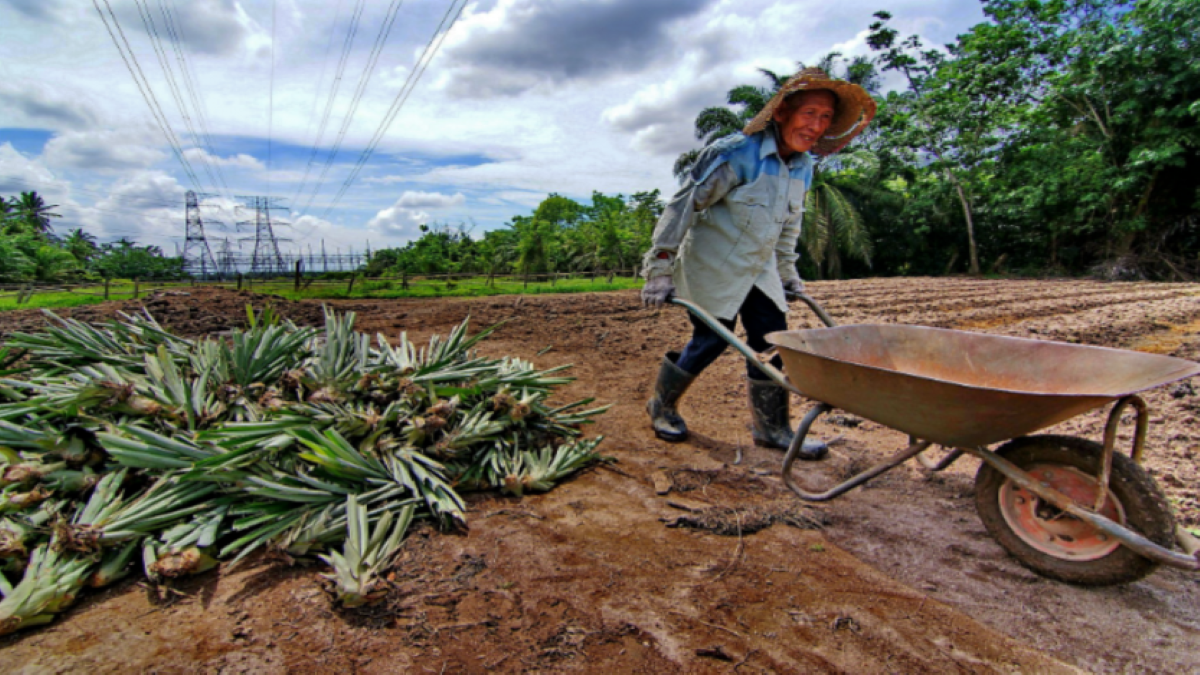Malaysia Population Research Hub

Over the past decades, Malaysia has seen a rapid influx of migrant workers and represents one of the prime destinations for migrant workers. Within the SEA region, there is an average net outward migration of about 69,000 people in 2015. Among all SEA countries, only Singapore and Malaysia has experienced net inward migration in 2015. Malaysia recorded the highest net inward migration in 2015 at about 110,000 people, followed by Singapore at about 84,000 people. Generally, a net inward migration is viewed as beneficial as it serves to strengthen the country economy, especially where the migration is driven by economic motivations (e.g. expatriates, global workforce, etc.) The economic-driven migration is certainly true for both Singapore and Malaysia.
However, unlike Singapore, a large majority of Malaysia in-migration has traditionally comprised of low-skilled, general workers.
Source: World Population Prospects: 2015 Revision, United Nations
Migration Patterns in ASEAN, 2015
In 2016, there were an estimated 3.3 million non-Malaysians residing in Malaysia. This represented 10.3% of total Malaysian population, or 14.8% of total Malaysian working age population (i.e. age 15-64). In 2016, about 2.2 million non-Malaysians were employed in the Malaysian economy; 42.8% of them were employed1 in low-skilled occupations; 62.9% of them were employed in Agriculture, Forestry, and Fishing, Manufacturing, and Construction industries, which are the top-three industries with largest non-Malaysians employed.
The reliance of low-skilled foreign workers has an impact on Malaysia social fabric, productivity, and salary growth
based on 2016 numbers, the number of non- Malaysians, if taken as a whole, has already exceeded the number of Malaysian Indians; the median and mean salaries of the agriculture, manufacturing, and construction industries are approximately 42% and 39% lower than the median and mean salaries of all other industries combined2.
Source: Ipsos analysis, based on DOSM Population Estimate
1 Department of Statistics Malaysia (2017). Labour Force Survey 2016 2 Ipsos Analysis, based on DOSM Salaries and Wage Survey 2015
Number of Migrant Population in Malaysia, 2010 to 2016